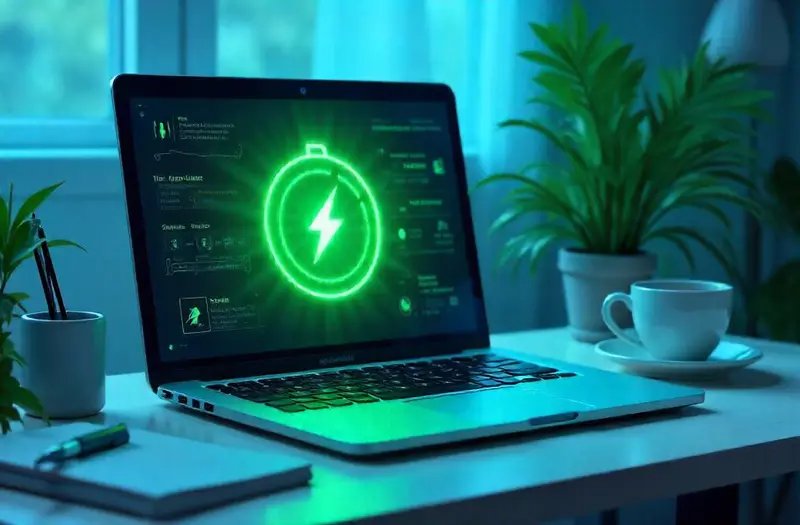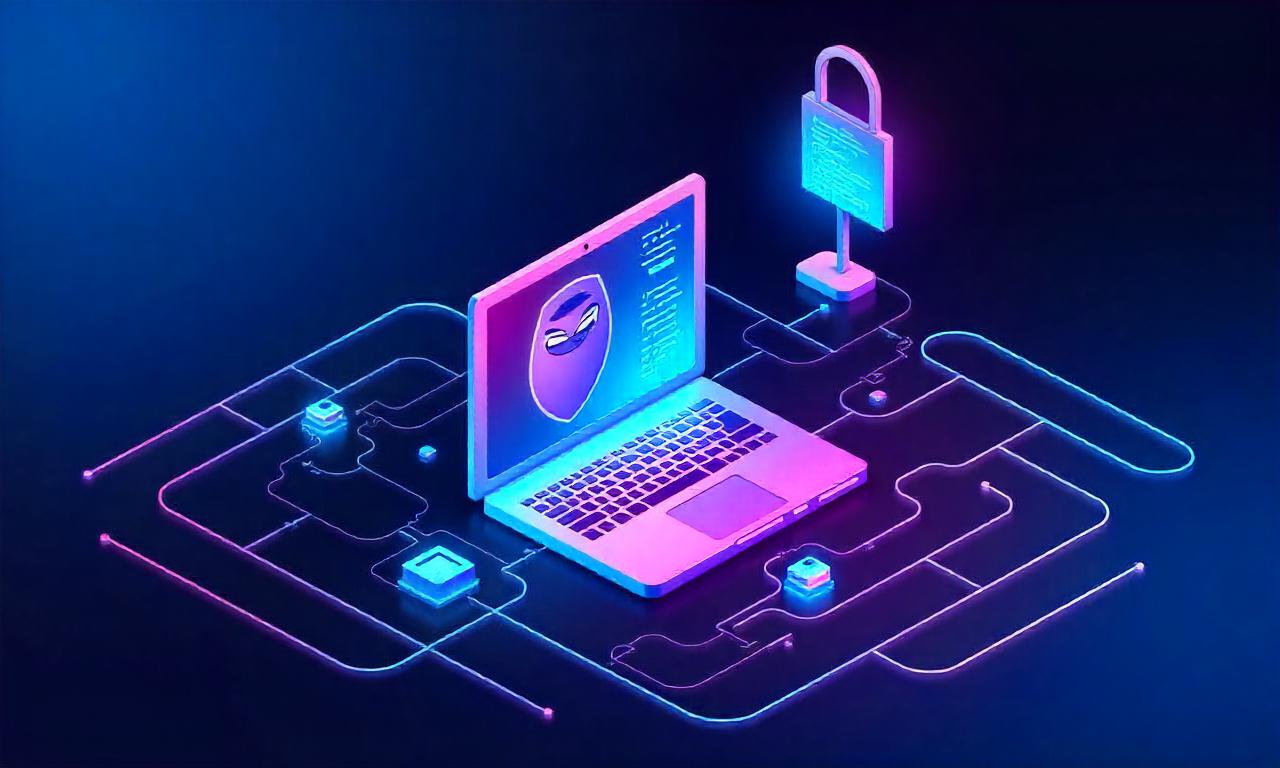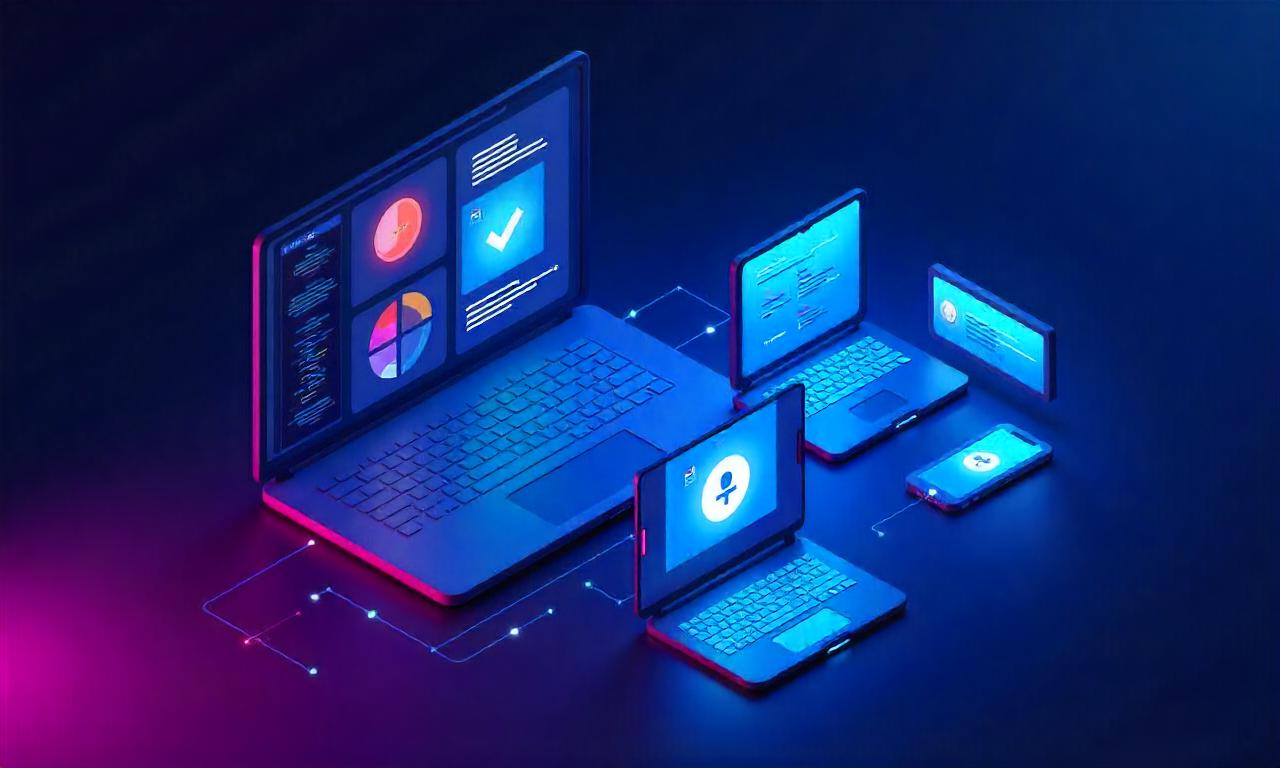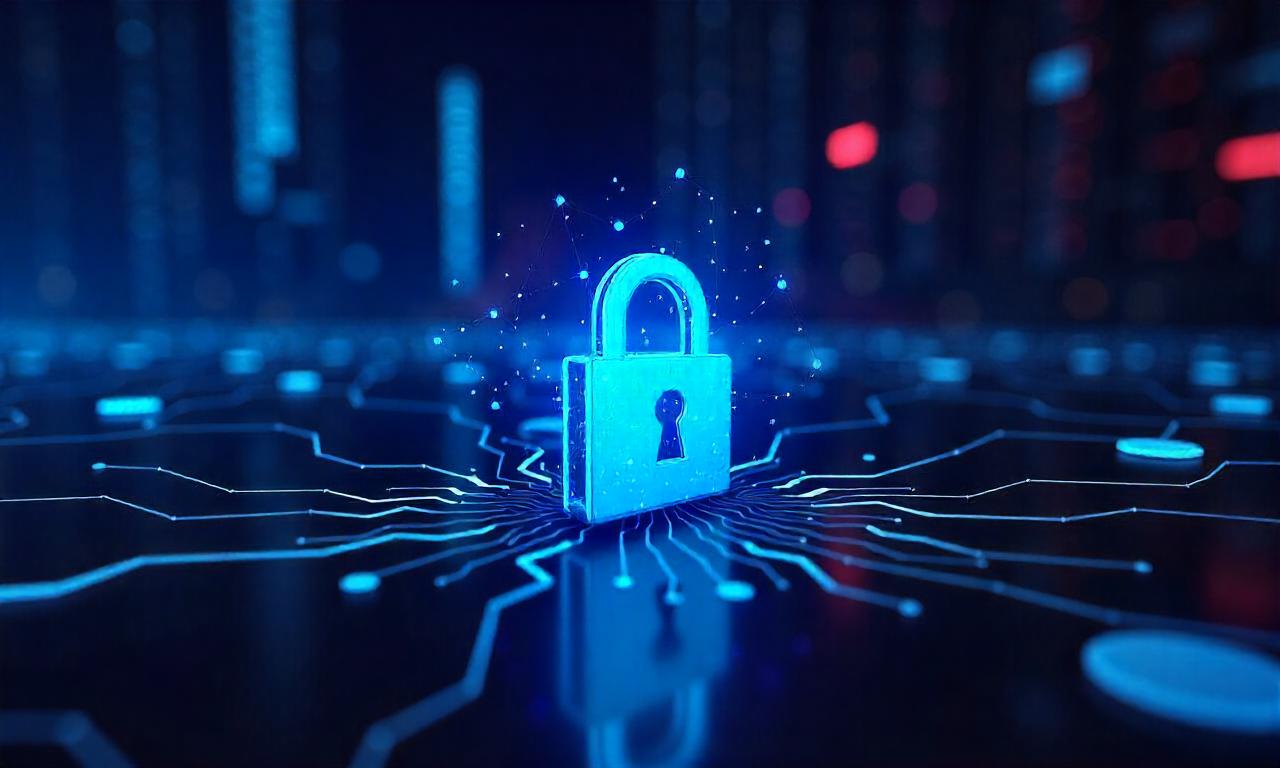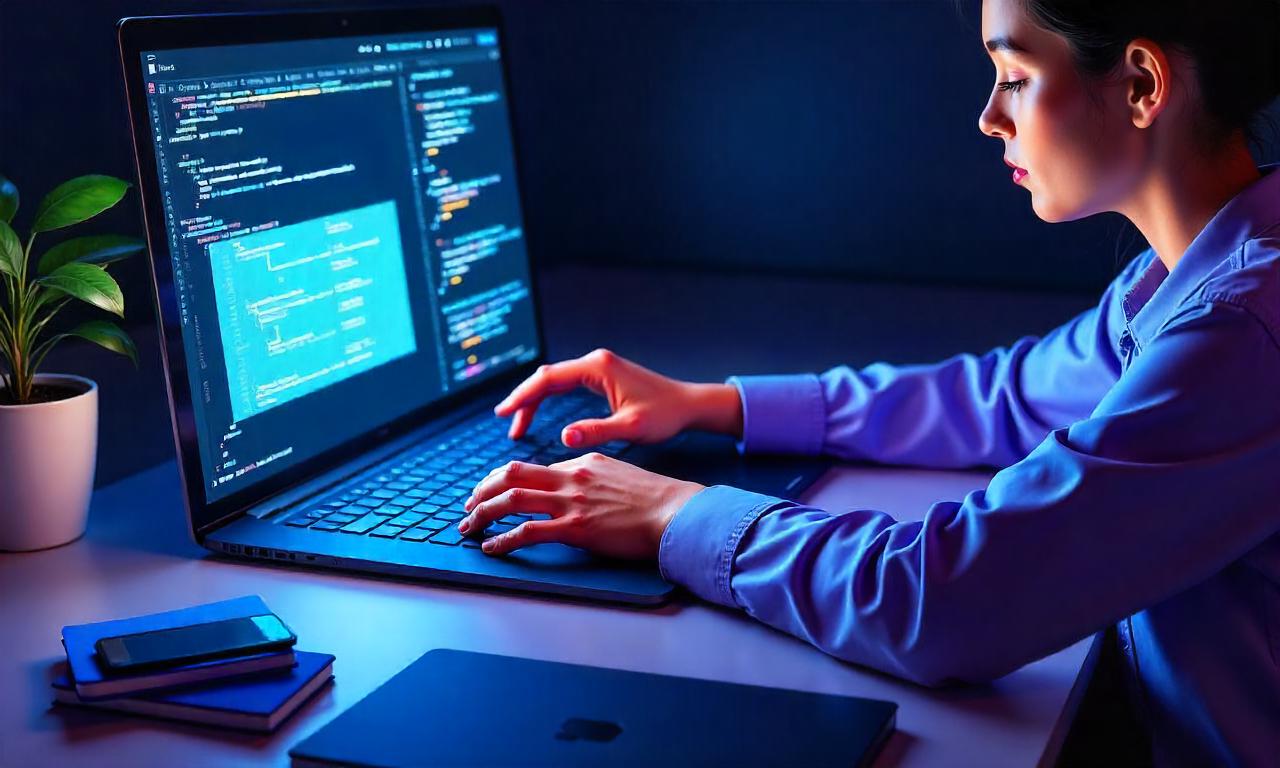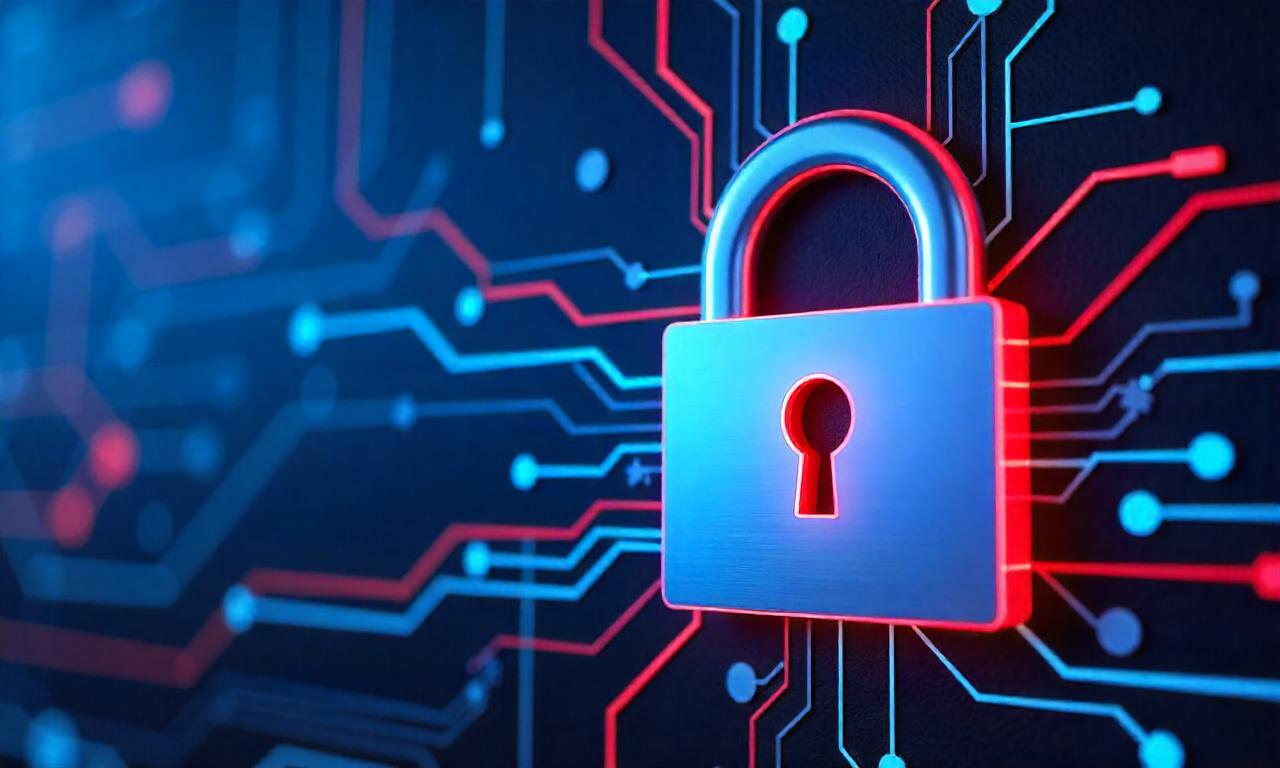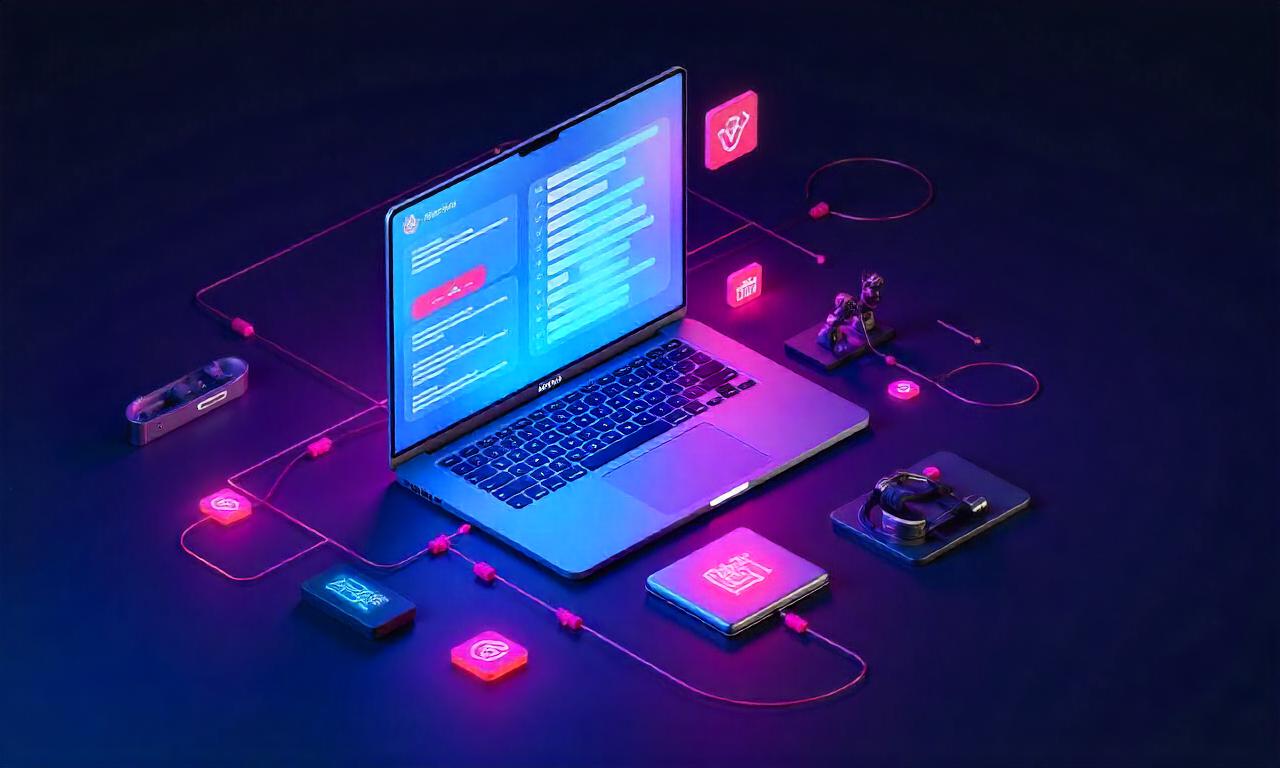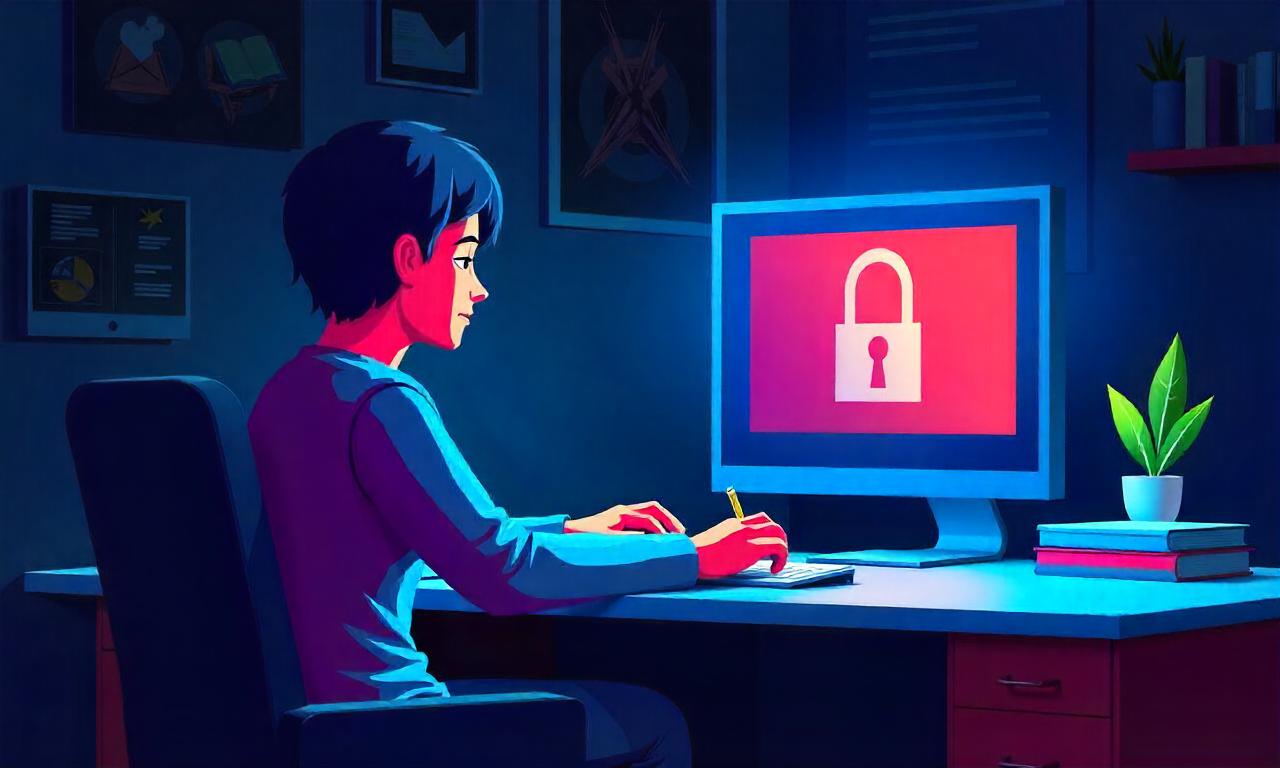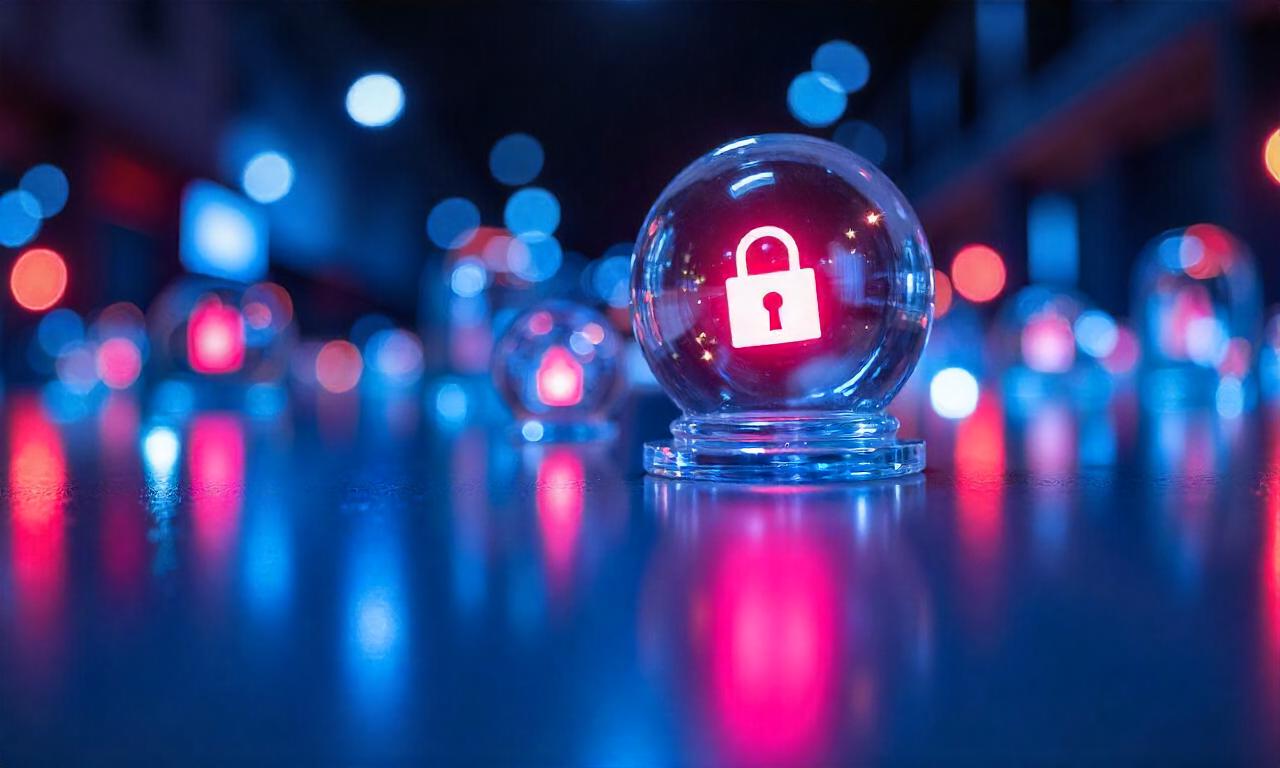Table of Contents
Toggle1. Understand How Laptop Batteries Work
Before diving into ways to extend laptop battery, it’s crucial we understand what powers our devices. Most modern laptops use lithium-ion batteries, which have specific characteristics that influence usage patterns.
### 1.1 Lithium-ion Battery Basics
Lithium-ion cells offer high energy density and recharge cycles but are sensitive to heat and overcharging. Battery University explains that lithium-ion batteries perform best when charged between 20% and 80%, avoiding full 0% to 100% cycles frequently.
Key battery facts:
- Average lifespan: 300 to 500 full charge cycles
- Ideal temperature: 50°F – 95°F (10°C – 35°C)
- Charging speed slows down as battery nears 100% to protect longevity
### 1.2 Common Misconceptions
We often hear myths like “fully discharge before charging again.” That was true for NiCad batteries, not lithium-ion. Following outdated advice can reduce battery lifespan instead of increasing laptop battery health.
2. Adjust Power Settings for Optimal Efficiency
One of the simplest laptop power saving techniques is configuring your system’s power plan. All major operating systems offer power settings that directly influence battery performance.
### 2.1 Windows Power Plans
Navigate to: Control Panel → Hardware and Sound → Power Options
Select the Power Saver or create a custom plan by:
- Reducing screen brightness
- Turning off hard disk after inactivity
- Adjusting processor power management to lower maximum state
### 2.2 macOS Energy Saver
On macOS: System Settings → Battery
Enable:
- “Slightly dim the display while on battery”
- “Enable Power Nap only while plugged in”
- “Put hard disks to sleep when possible”
Optimizing these defaults can help us reduce battery drain by up to 25% on average, according to Apple’s internal tests.
3. Manage Background Processes and Apps
Efficient laptop battery usage also involves trimming background applications and services that eat into system resources.
### 3.1 Task Manager Insights
Use Task Manager (Windows) or Activity Monitor (macOS) to identify:
- CPU-hogging apps
- Background apps with high disk/network usage
- Startup programs that unnecessarily run on boot
### 3.2 Disable Auto-start Apps
Steps for Windows:
- Open Task Manager → Startup tab
- Disable non-essential programs (e.g., Spotify, Discord)
macOS:
- System Settings → Users & Groups → Login Items
- Remove apps that aren’t critical for startup
A clean background process environment can free up to 15–20% more battery time depending on user behavior.
4. Reduce Screen Brightness and Display Timeouts
Your screen is one of the most power-consuming components on a laptop. Controlling its behavior is key to maximize laptop battery duration.
### 4.1 Brightness Levels
We recommend lowering brightness to 50% or below unless needed. Most laptops provide function keys or auto-brightness sensors to help with this adjustment.
### 4.2 Timeout Settings
- Set display to turn off after 2–5 minutes of inactivity.
- Configure sleep mode to activate quickly (e.g., 10 minutes).
Display optimization alone can add 30–45 minutes of battery life to an average workday.
5. Disable Bluetooth, Wi-Fi, and Location Services When Idle
When not using connectivity features, turning off unnecessary radios helps reduce battery drain significantly.
### 5.1 Bluetooth and Wi-Fi Management
- Toggle off Bluetooth if no peripherals are connected.
- Turn off Wi-Fi when working offline or in airplane mode.
### 5.2 Disable GPS/Location Services
On Windows: Settings → Privacy → Location
On macOS: System Settings → Privacy & Security → Location Services
This is one of the underrated laptop energy saving methods, especially for devices with constant background scanning.
6. Keep Your System and Drivers Updated
Software updates aren’t just about security—they often include laptop battery efficiency strategies too.
### 6.1 BIOS and Firmware Updates
Laptop manufacturers release firmware updates that optimize battery interaction and thermal profiles.
### 6.2 Driver Optimization
Ensure GPU, chipset, and network drivers are current. Outdated drivers can keep hardware running unnecessarily in high-power modes.
Intel’s 2023 Battery Report indicates devices with updated drivers last up to 22% longer in idle scenarios.
7. Use Battery Saver and Eco Modes
Built-in laptop battery optimization tips now include AI-enhanced modes for modern hardware.
### 7.1 Battery Saver Mode (Windows)
Automatically reduces screen brightness, pauses background sync, and adjusts app activity.
Turn on: Settings → System → Battery
### 7.2 Low Power Mode (macOS)
macOS Monterey and later versions feature Low Power Mode under System Settings → Battery, ideal for travel or low-battery scenarios.
Regular use of these modes can prolong laptop battery health by avoiding unnecessary spikes in power draw.
8. Avoid Extreme Temperatures
Environmental conditions play a huge role in increasing laptop battery lifespan. High or low temperatures degrade battery chemicals.
### 8.1 Heat Damage
Avoid:
- Using laptops on soft surfaces like beds
- Blocking ventilation
- Charging while under heavy load
### 8.2 Cold Conditions
Extremely low temps can cause sudden shutdowns and slow discharge rates.
A good rule of thumb: If you’re uncomfortable with the heat, so is your battery.
9. Charge Smartly and Avoid Deep Cycles
Let’s talk charging habits. One of the best practices for laptop battery longevity is mindful charging.
### 9.1 Partial Charging Strategy
Keep charge between 20–80% for regular use. Occasional full cycles are fine but shouldn’t be the norm.
### 9.2 Remove Charger After Full Charge
Avoid leaving your device plugged in 24/7—this creates heat and stress that degrade the battery over time.
Many modern laptops now include Battery Health Management features (e.g., Lenovo Conservation Mode, Apple’s Battery Health Optimizer).
10. Minimize Peripheral Use
Every connected device—USB drives, external monitors, webcams—draws power.
### 10.1 Disconnect When Not Needed
Remove:
- USB devices
- Portable SSDs
- External keyboards/mice if idle
### 10.2 Use Onboard Features
Opt for the laptop trackpad over an external mouse. Use built-in speakers instead of Bluetooth headsets when battery is low.
Less power out means more power left.
11. Use Hibernation Over Sleep
While sleep mode conserves energy, hibernate mode uses almost none.
### 11.1 Sleep vs. Hibernate
| Mode | Power Usage | Resume Time | Battery Impact |
|---|---|---|---|
| Sleep | Moderate | Fast | Drains slowly |
| Hibernate | Minimal | Slight Delay | Best for long breaks |
### 11.2 When to Use
- Use Hibernate when you won’t use your laptop for more than 1 hour.
- Combine with auto-sleep timers for maximum efficiency.
12. Optimize Web Browsing and App Usage
Running multiple browser tabs or streaming videos? These are battery vampires.
### 12.1 Lightweight Browsers
Consider browsers like Brave, Vivaldi, or Microsoft Edge with sleeping tabs enabled.
### 12.2 App Alternatives
Use desktop apps over browser-based ones when possible—they’re often more power-efficient.
Examples:
- Outlook over Gmail in browser
- Notion desktop vs. Notion web
13. Monitor Battery Health Regularly
Understanding your battery’s current condition helps make better decisions.
### 13.1 Windows Battery Report
Open Command Prompt and run:
powercfg /batteryreport
Review charge cycles, full capacity vs. design capacity.
### 13.2 macOS Battery Stats
Click Option + Battery icon → Battery Preferences → System Report
Track cycle count and battery health status. Replace batteries if full charge capacity drops below 60% of design capacity.
14. Use Dedicated Battery Management Software
If you’re keen on fine-tuning, there are several tools designed to help optimize laptop power consumption.
### 14.1 Top Tools to Consider
- BatteryCare (Windows)
- iStat Menus (macOS)
- Smarter Battery
### 14.2 What These Tools Offer
- Real-time temperature and wear level tracking
- Cycle history analysis
- Custom charge thresholds
These tools provide data-backed decisions to maintain efficient laptop battery usage.
15. Replace Battery When Degradation Is Severe
If your battery holds less than 50% of its original capacity or can’t last an hour on full charge, it may be time to replace it.
### 15.1 When to Replace?
Use data from previous monitoring sections.
Signs:
- Device shuts off suddenly
- Battery swells or overheats
- Can’t hold charge even after full night of charging
### 15.2 OEM vs. Third-Party Batteries
Always choose OEM replacements for prolonged laptop battery health. Third-party batteries may be cheaper but come with risks.
16. Consider Upgrading Hardware for Efficiency
Not all battery optimizations are software-based.
### 16.1 SSD Over HDD
Switching from a hard disk to an SSD can reduce energy consumption by 30% or more.
### 16.2 RAM Upgrade
More RAM = less disk swap = reduced CPU and battery usage
These laptop battery maintenance guide upgrades offer long-term ROI and performance boosts.
FAQs
What is the best percentage to keep your laptop battery at?
Aim to keep your battery between 20% and 80% for daily use.
Is it bad to leave your laptop plugged in all the time?
Yes, prolonged charging generates heat and may reduce battery lifespan unless your system supports smart charging.
How can I tell if my laptop battery is healthy?
Use built-in battery report tools or third-party apps to check cycle count and full charge capacity vs. original.
Do hibernate and sleep modes use battery?
Sleep uses some power, while hibernate uses almost none—great for conserving energy over long idle periods.
Can software really make a difference in battery life?
Absolutely. Optimized drivers, OS updates, and power plans can increase battery duration by 20% or more.
Conclusion
Knowing how to optimize battery life on your laptop can transform how we use our devices daily. By adjusting settings, changing habits, and understanding our hardware, we can enhance performance and extend battery life meaningfully.
Whether it’s enabling low power modes, avoiding overcharging, or removing unnecessary apps, each step we take adds minutes—or even hours—to our battery’s lifespan.
Key Takeaways
- Maintain charge between 20–80% for lithium-ion batteries
- Use built-in power saver modes and adjust brightness
- Disable unused apps, radios, and peripherals
- Regularly monitor battery health and update drivers
- Upgrade hardware like SSD and RAM for long-term gains
{“@context”:”https://schema.org”,”@type”:”FAQPage”,”mainEntity”:[{“@type”:”Question”,”name”:”What is the best percentage to keep your laptop battery at?”,”acceptedAnswer”:{“@type”:”Answer”,”text”:”Aim to keep your battery between 20% and 80% for daily use.”}},{“@type”:”Question”,”name”:”Is it bad to leave your laptop plugged in all the time?”,”acceptedAnswer”:{“@type”:”Answer”,”text”:”Yes, prolonged charging generates heat and may reduce battery lifespan unless your system supports smart charging.”}},{“@type”:”Question”,”name”:”How can I tell if my laptop battery is healthy?”,”acceptedAnswer”:{“@type”:”Answer”,”text”:”Use built-in battery report tools or third-party apps to check cycle count and full charge capacity vs. original.”}},{“@type”:”Question”,”name”:”Do hibernate and sleep modes use battery?”,”acceptedAnswer”:{“@type”:”Answer”,”text”:”Sleep uses some power, while hibernate uses almost none—great for conserving energy over long idle periods.”}},{“@type”:”Question”,”name”:”Can software really make a difference in battery life?”,”acceptedAnswer”:{“@type”:”Answer”,”text”:”Absolutely. Optimized drivers, OS updates, and power plans can increase battery duration by 20% or more.”}}]}

